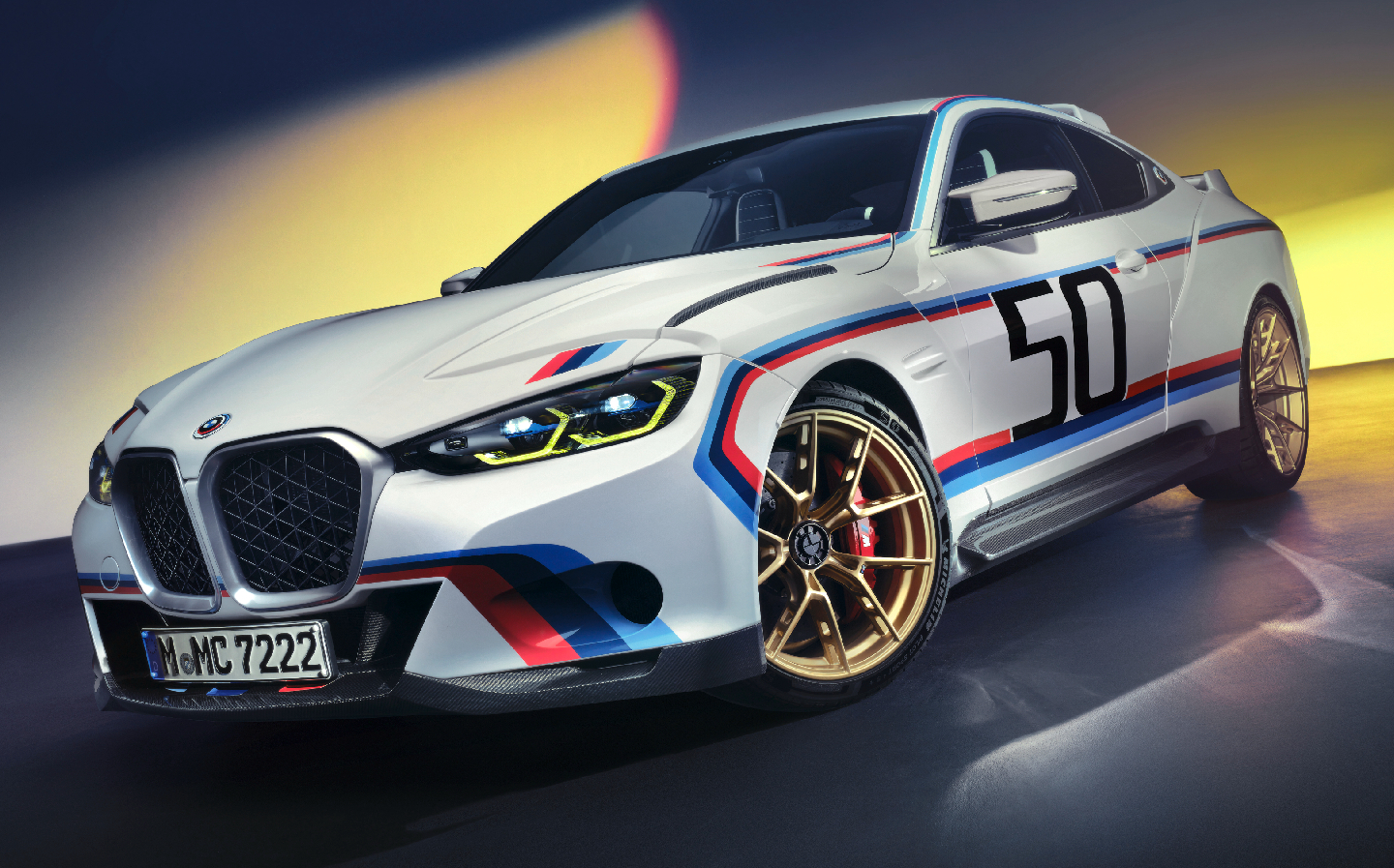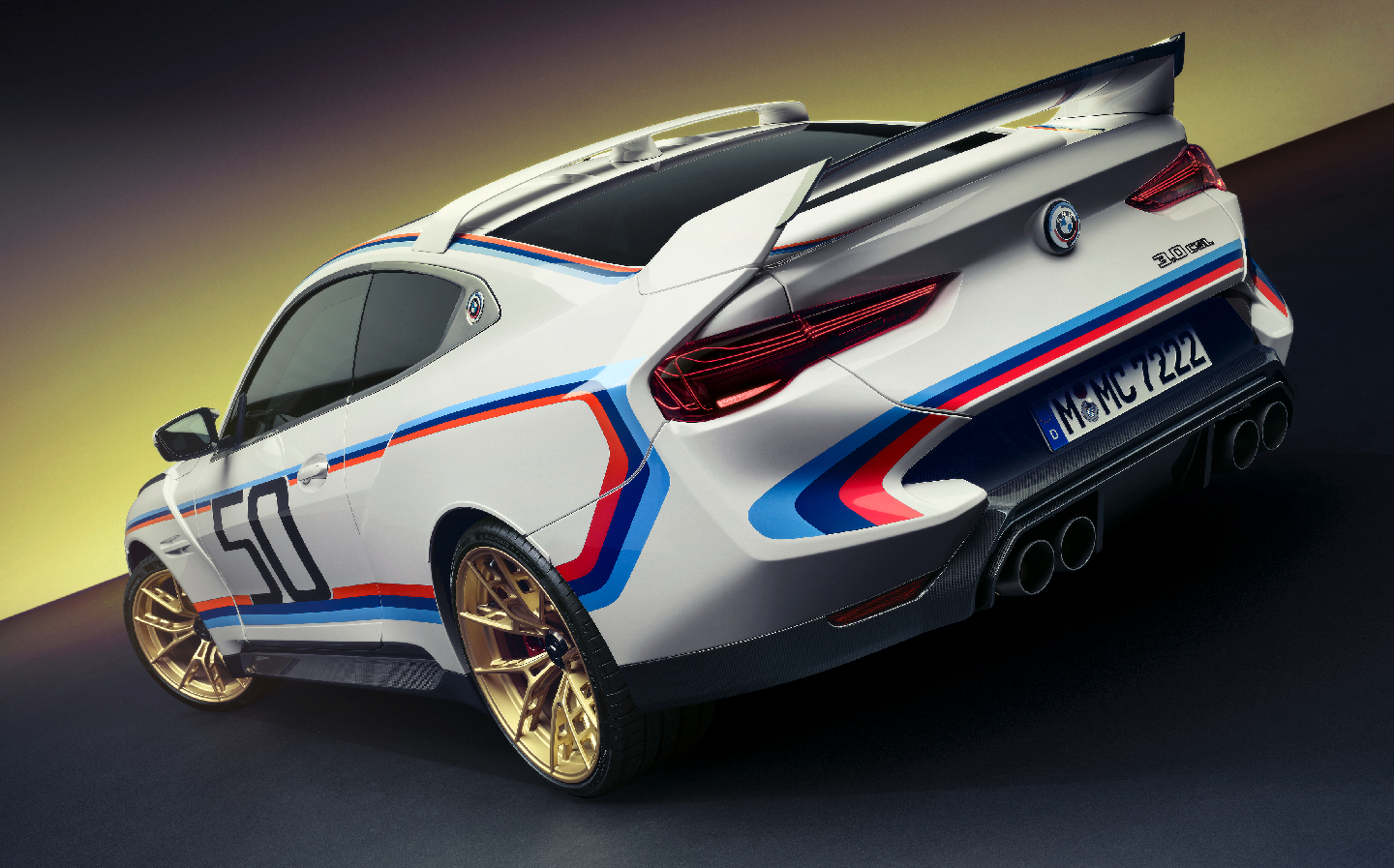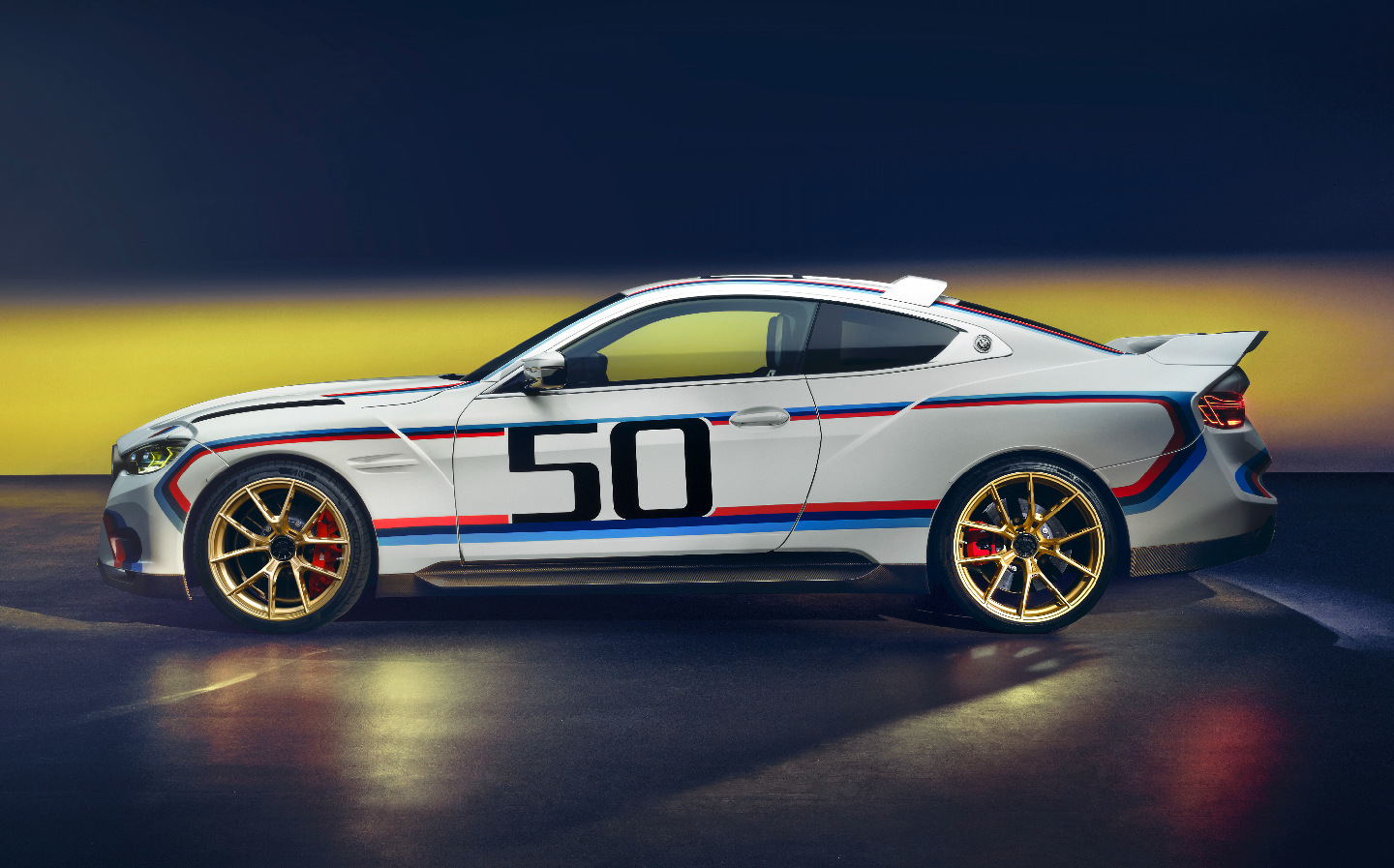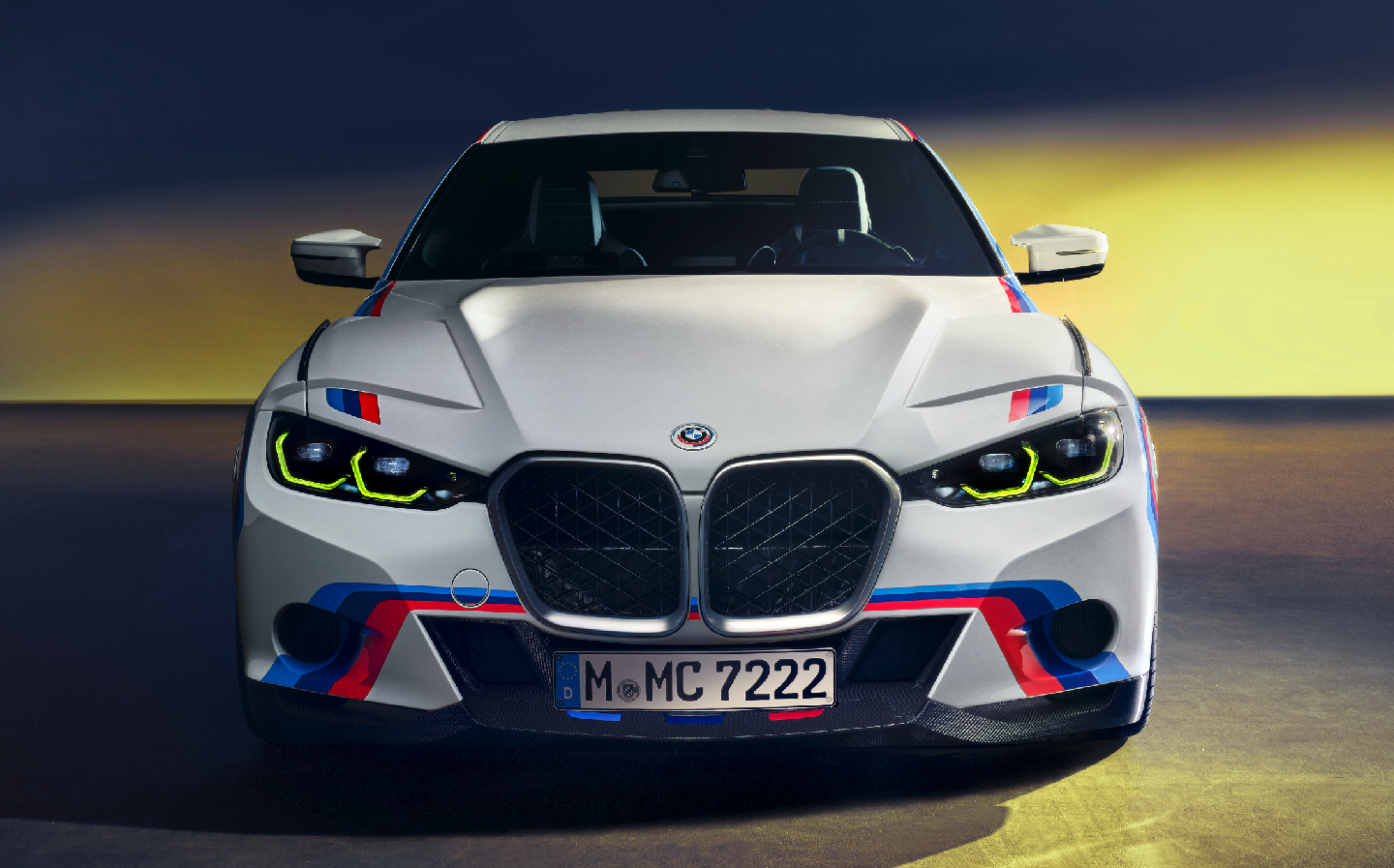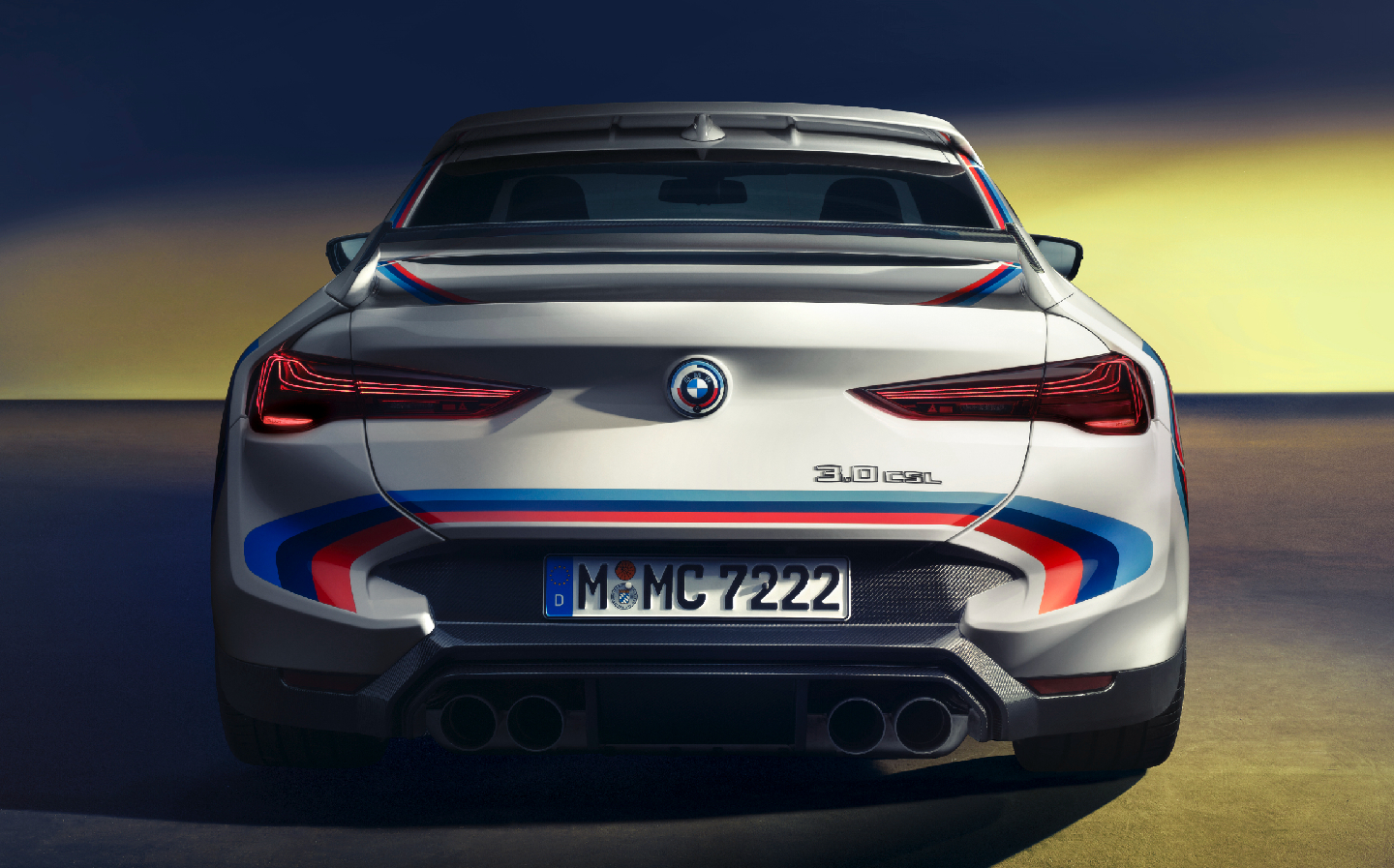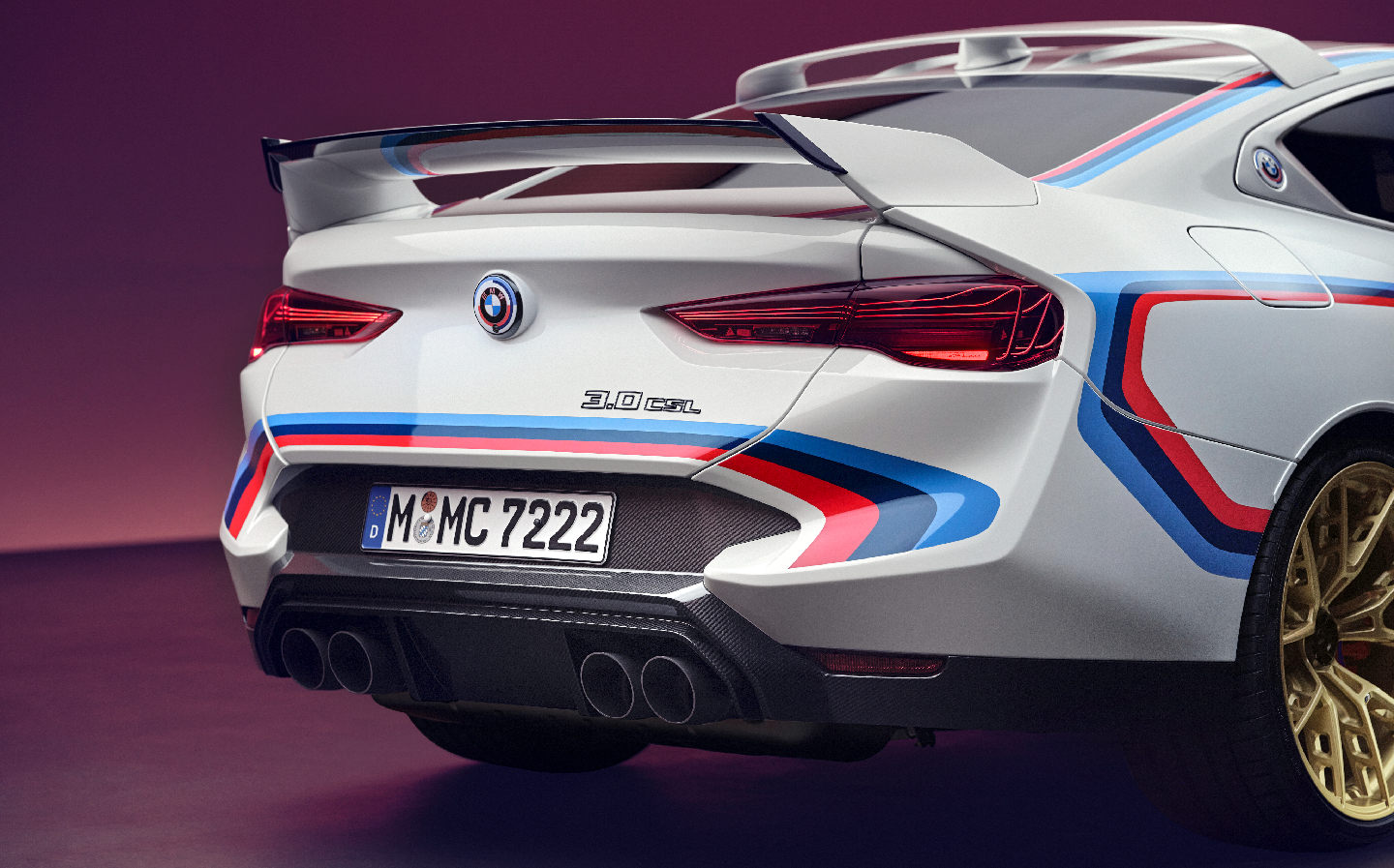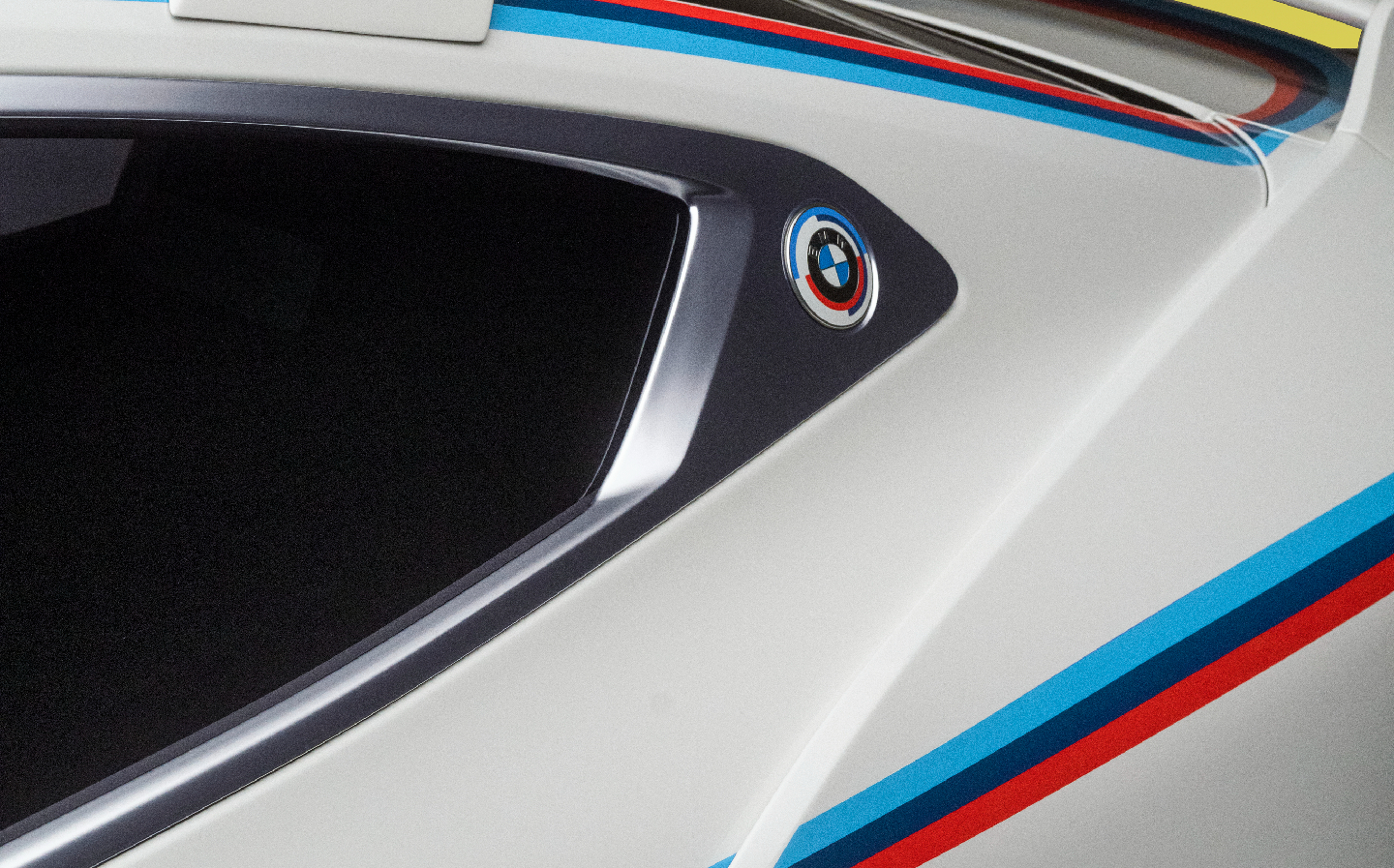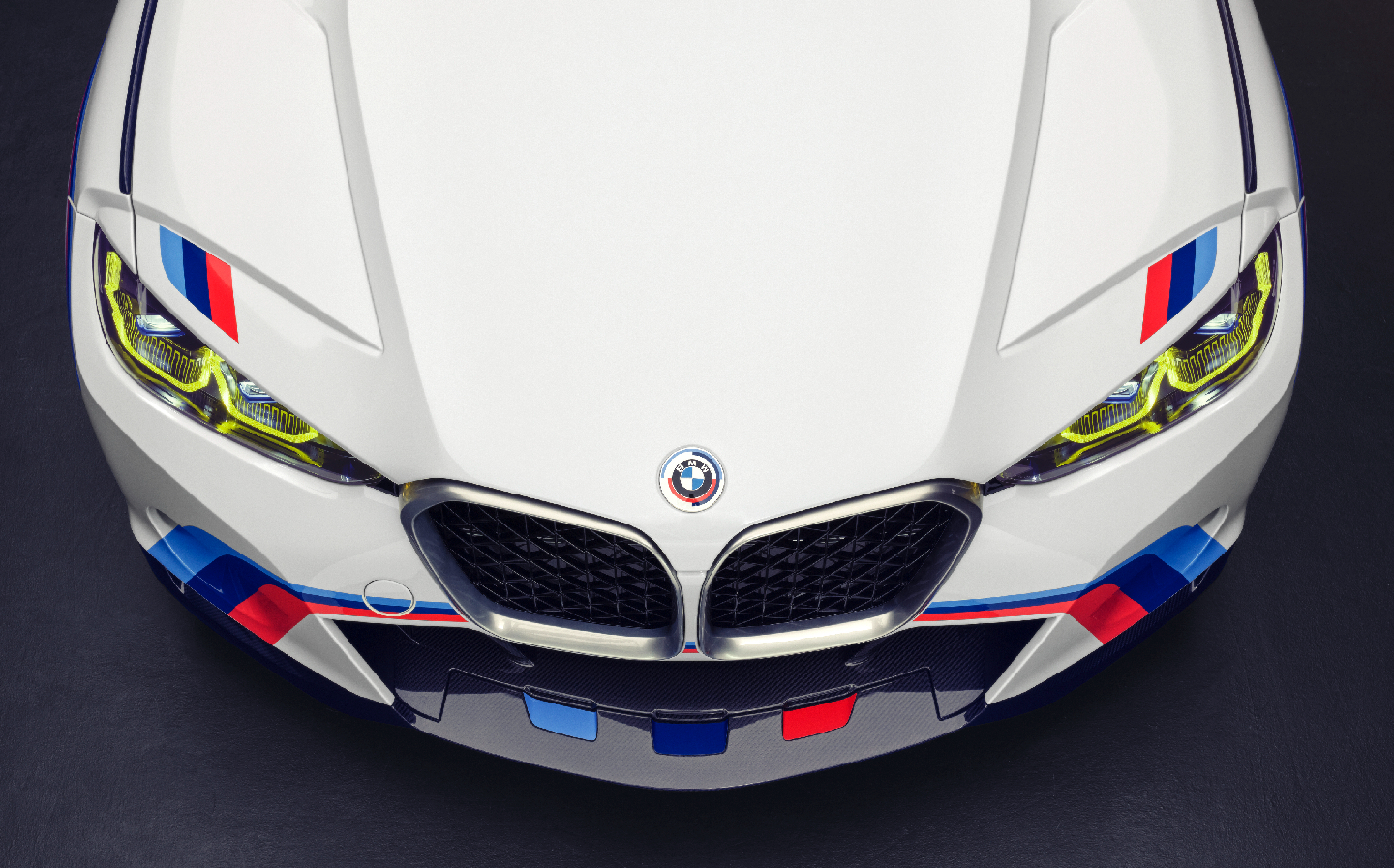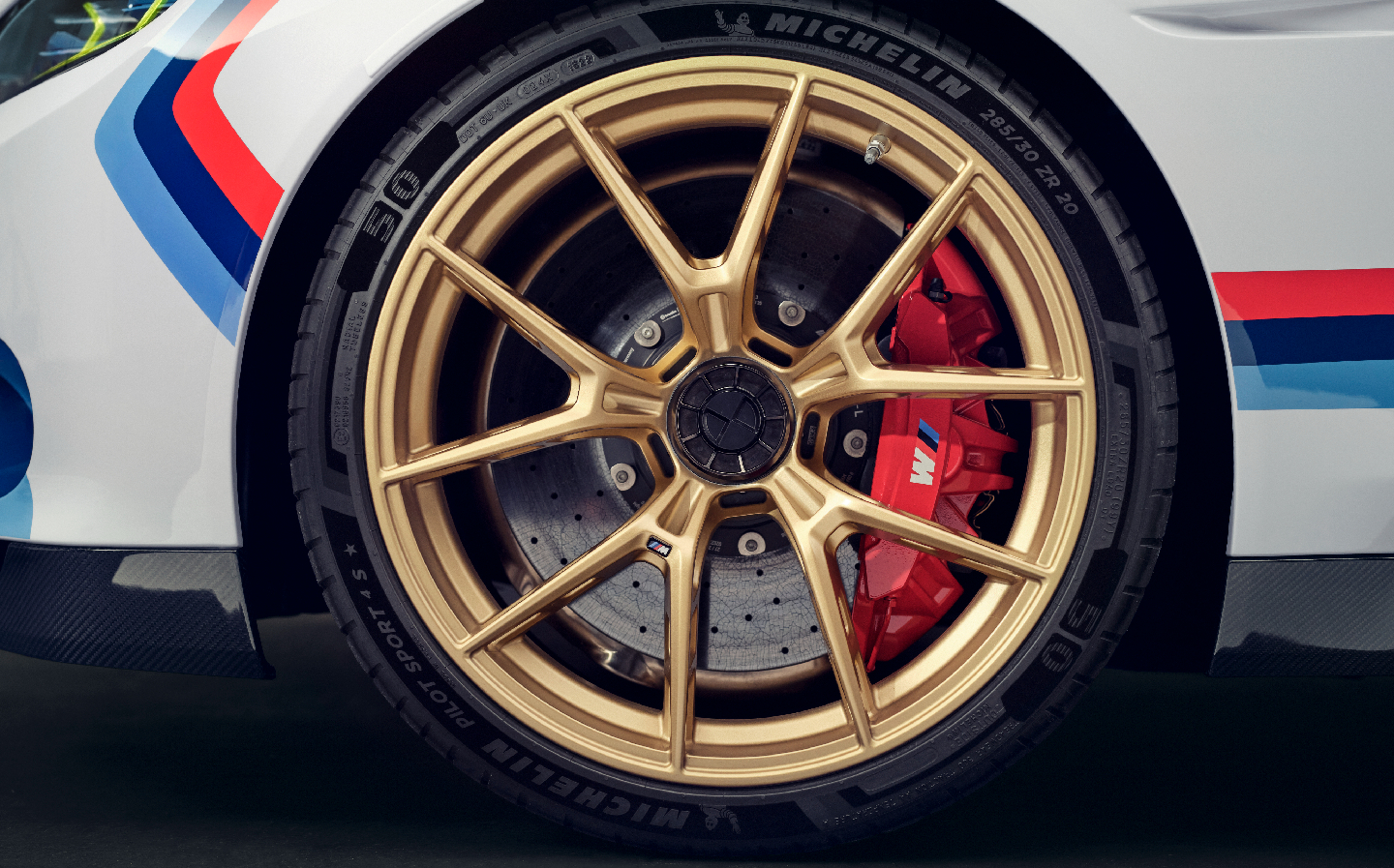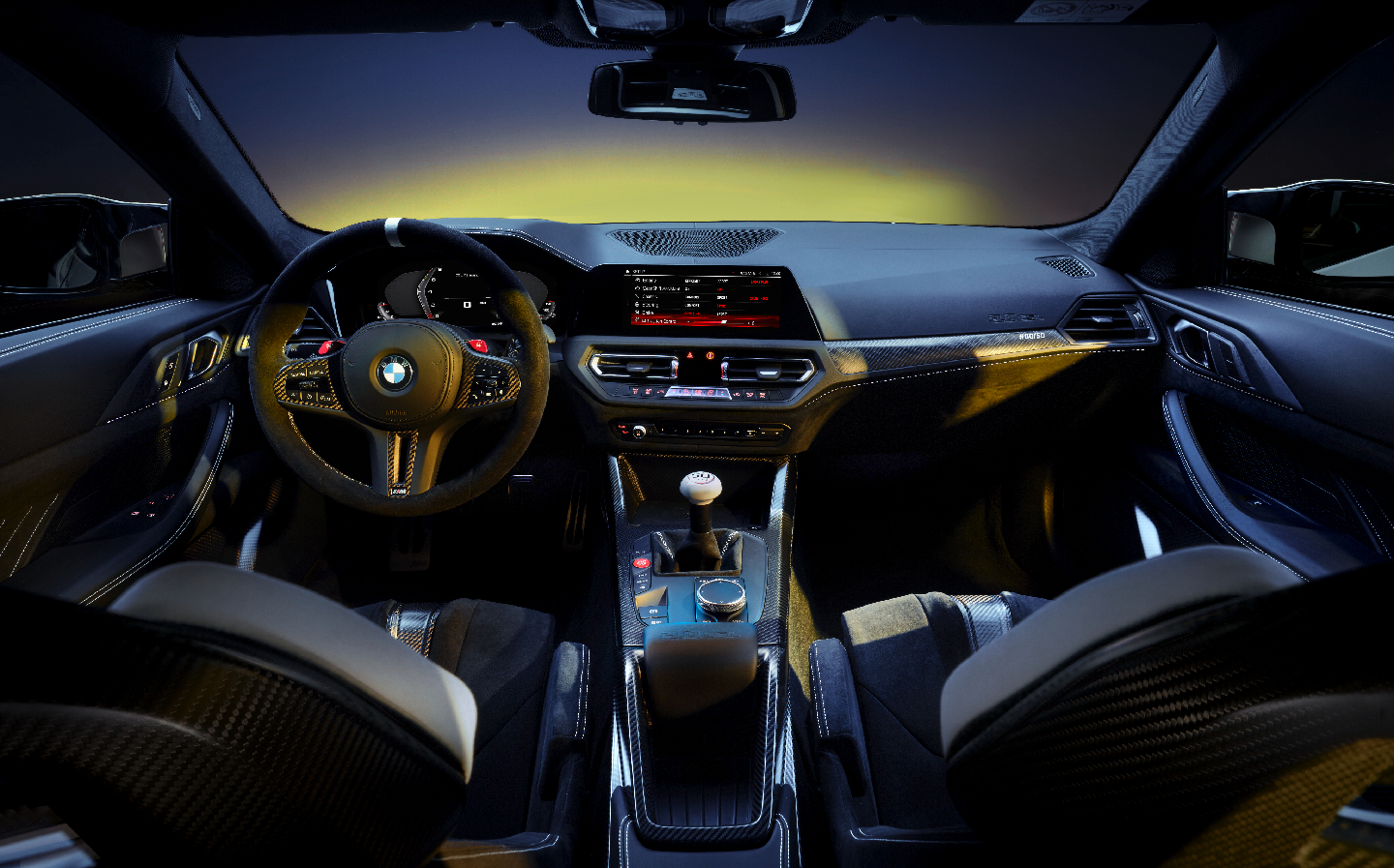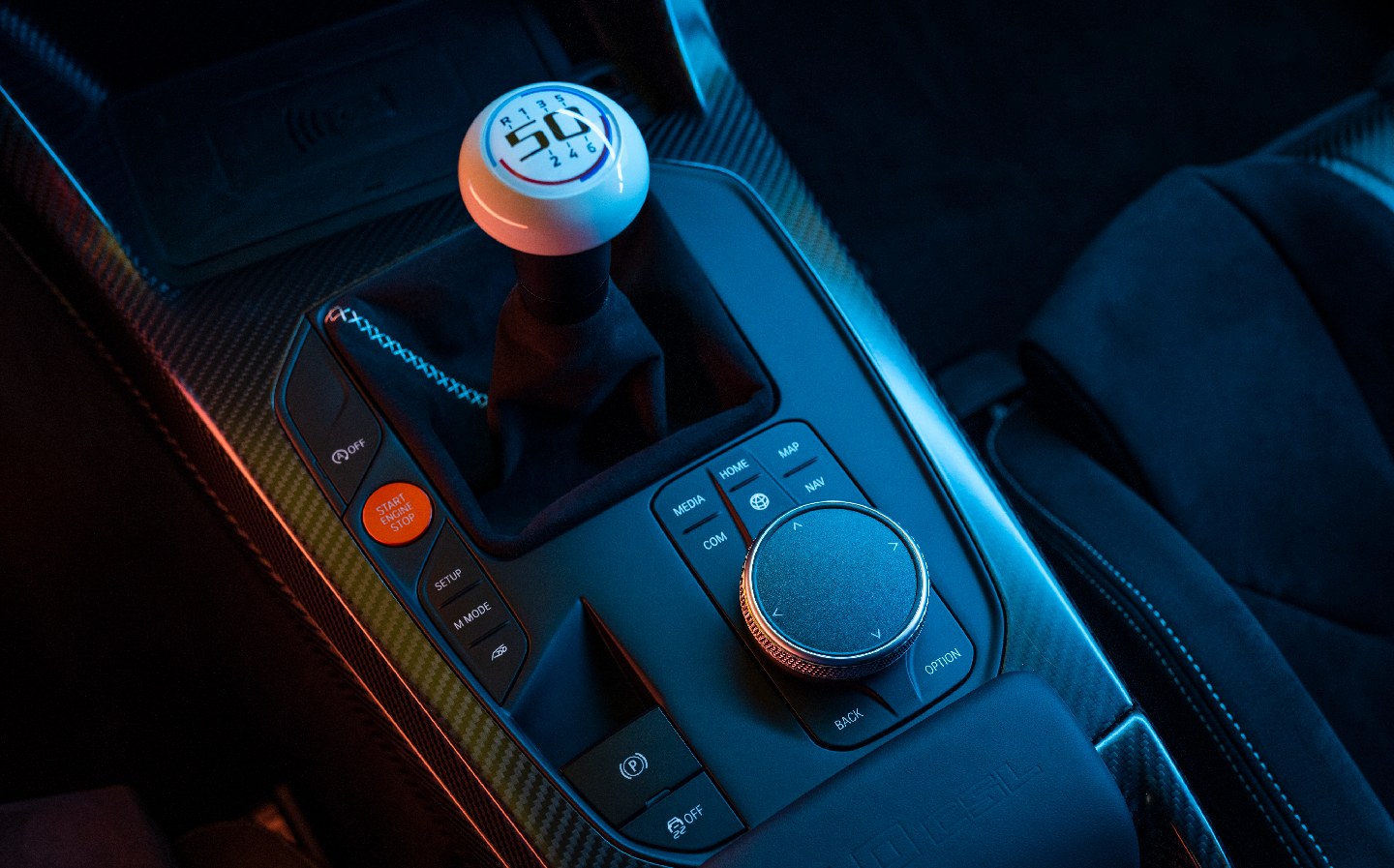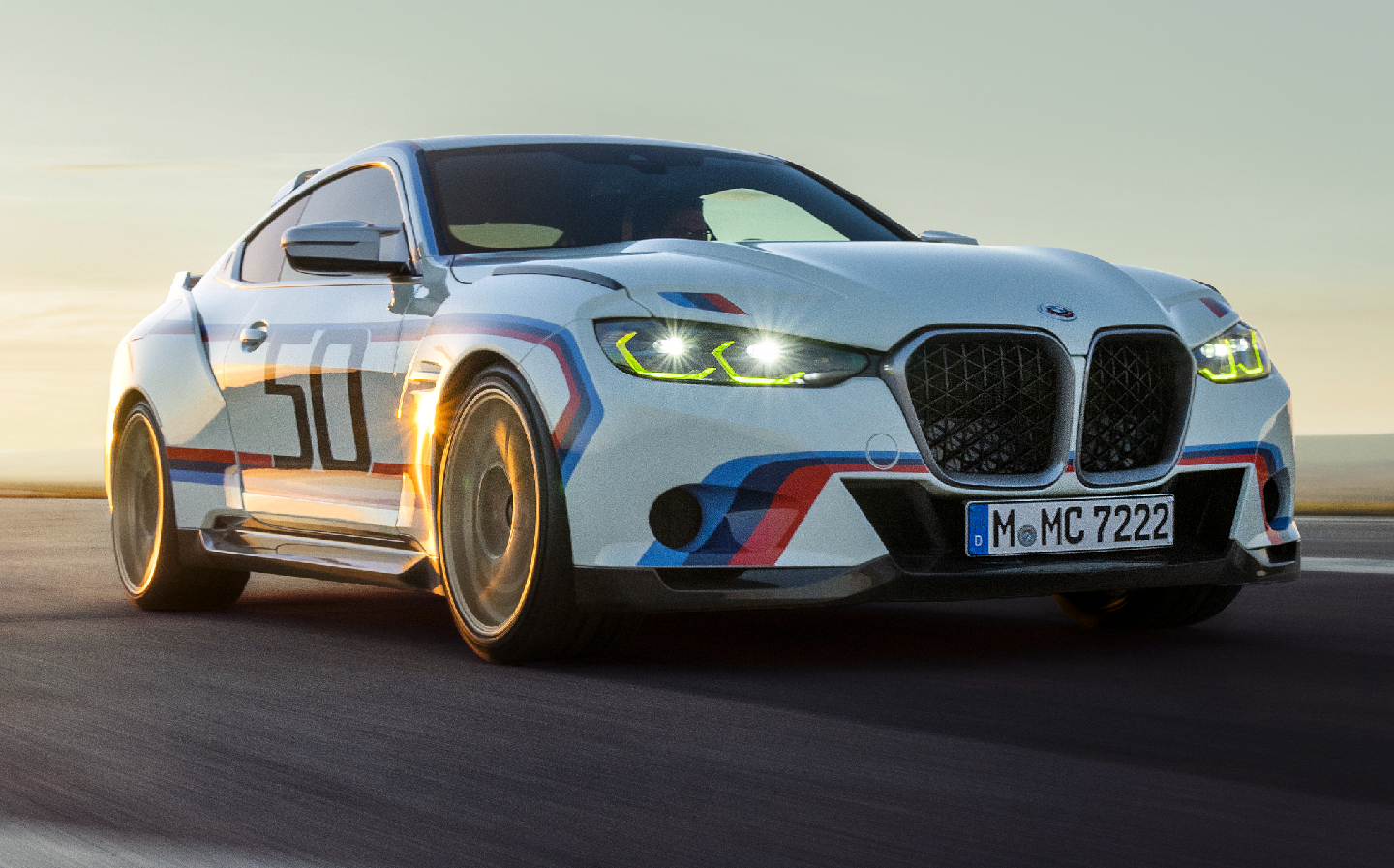BMW 3.0 CSL has 'acceptable amount of nostrility': enthusiasts react to new limited-run homage
How believable are the £600,000+ price-tag rumours?
Online reaction to the styling of the new BMW 3.0 CSL, the company’s homage to its legendary lightweight 1970s sports coupé, nicknamed the “Batmobile”, has been generally positive with internet critics in particular praising BMW’s decision to reduce the size of the front grille compared to the M4 on which it’s based.
The limited-run model was unveiled yesterday (November 24) as part of BMW’s performance M division’s 50th birthday celebrations. While based on the current BMW M4, it is a tribute to the racing and roadgoing 3.0 CSL that won the European Touring Car Championship six times between 1973 and 1979 in the hands of driving greats such as Chris Amon, Hans-Joachim Stuck and Niki Lauda.
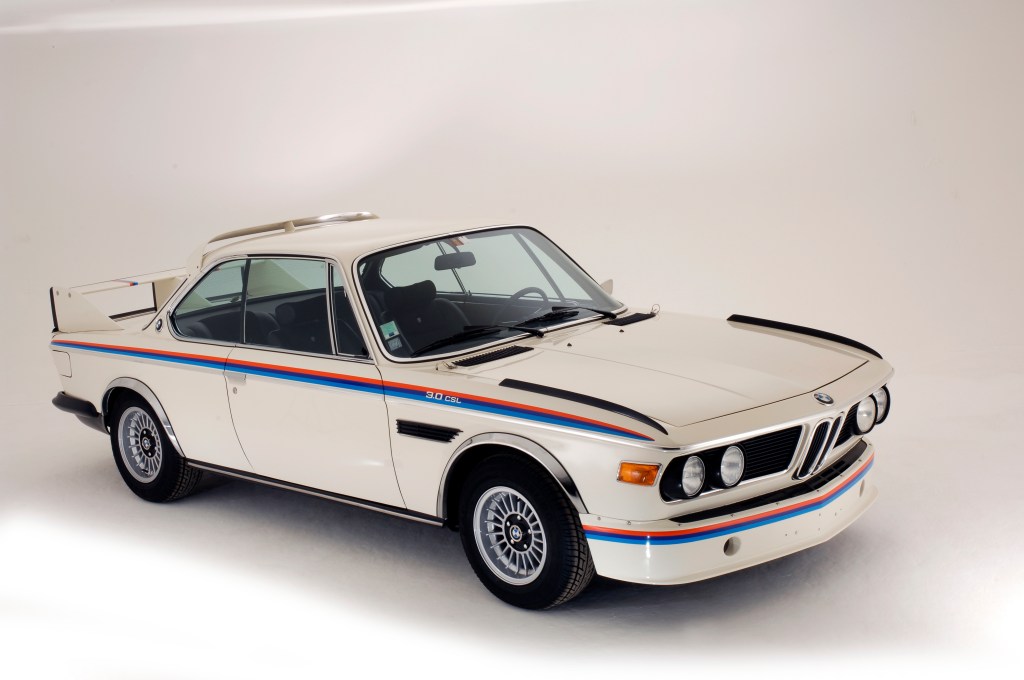
Like all BMWs so far this century, the styling of the new car, with its flared wheel arches and large rear wing reminiscent of its predecessor, has divided opinion.
However, for the most part — and amid the usual complaints that “it doesn’t look like the old one” — reaction online has come down on the positive side.
Twitter users appeared to be pleased that BMW did not carry over the bucktoothed grille of some of its other M cars, with one user neatly summing it up: “That is an acceptable amount of Nostrility”.
Others asked why the firm couldn’t apply the CSL’s grille to the M3 and 4 Series models.
Some of the complaints regarding the CSL’s looks stemmed from the fact that it doesn’t sufficiently resemble the 2015 3.0 CSL Hommage concept, which prefigured the gist of its design, while others balked at the rumoured price-tag in excess of £600,000.
At this point, however, those whisperings are just that — rumours.
What is the new BMW 3.0 CSL anyway?
For those who haven’t been knee-deep in the online discourse, the 3.0 CSL is the most powerful six-cylinder BMW ever seen, with 552bhp and 387lb ft of torque on tap from its 3-litre twin-turbo engine, all being sent to the rear wheels via a six-speed manual gearbox.
The styling is heavily inspired by the 3.0 CSL from the seventies — the first car to which the M division directed its attention — with the Alpine White with red, blue and purple colour scheme clothing a notably lightweight body.
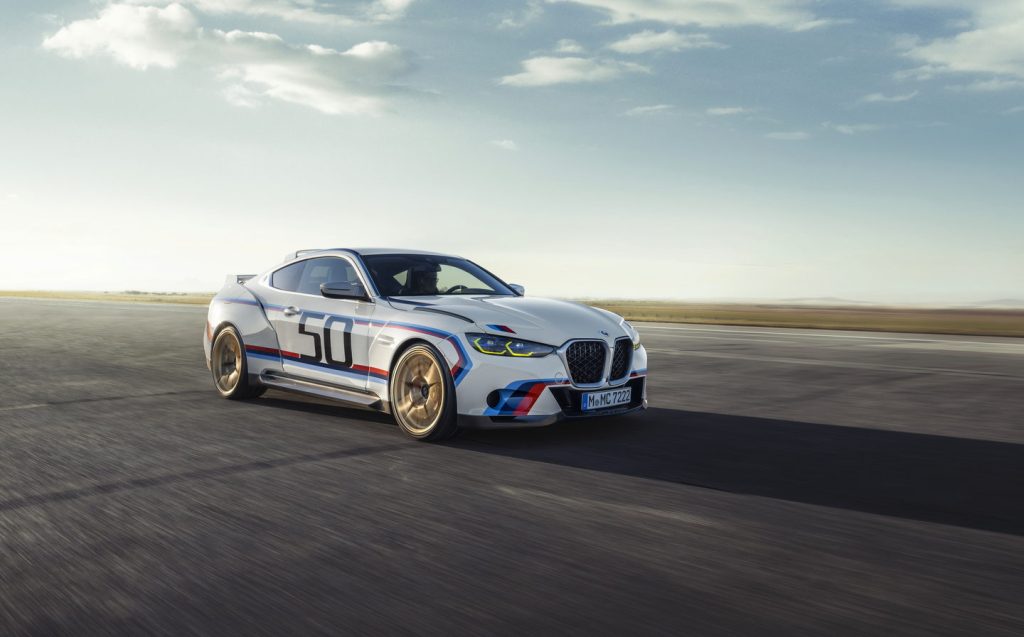
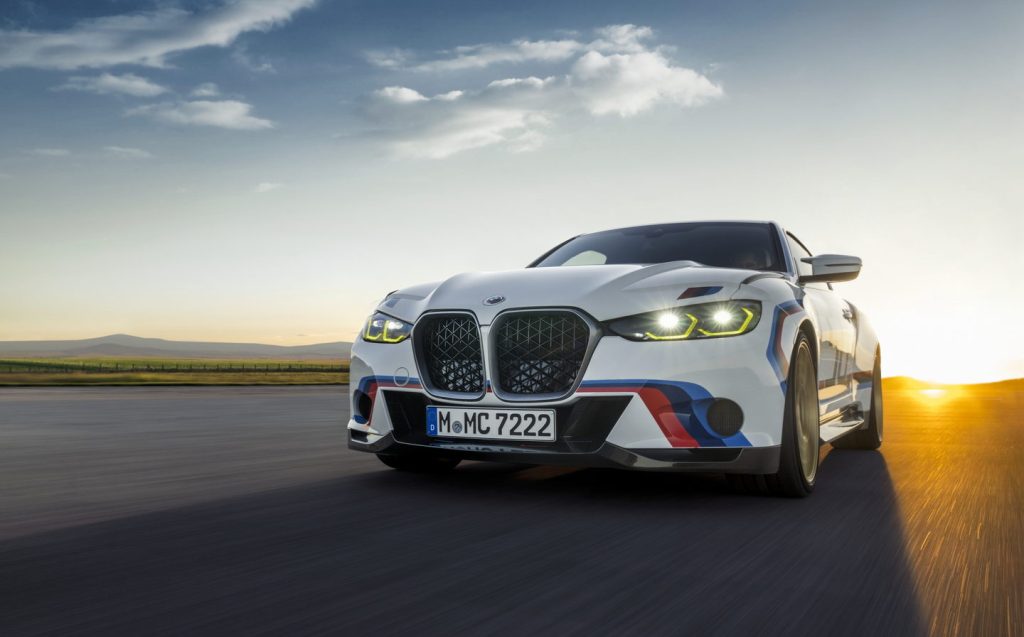
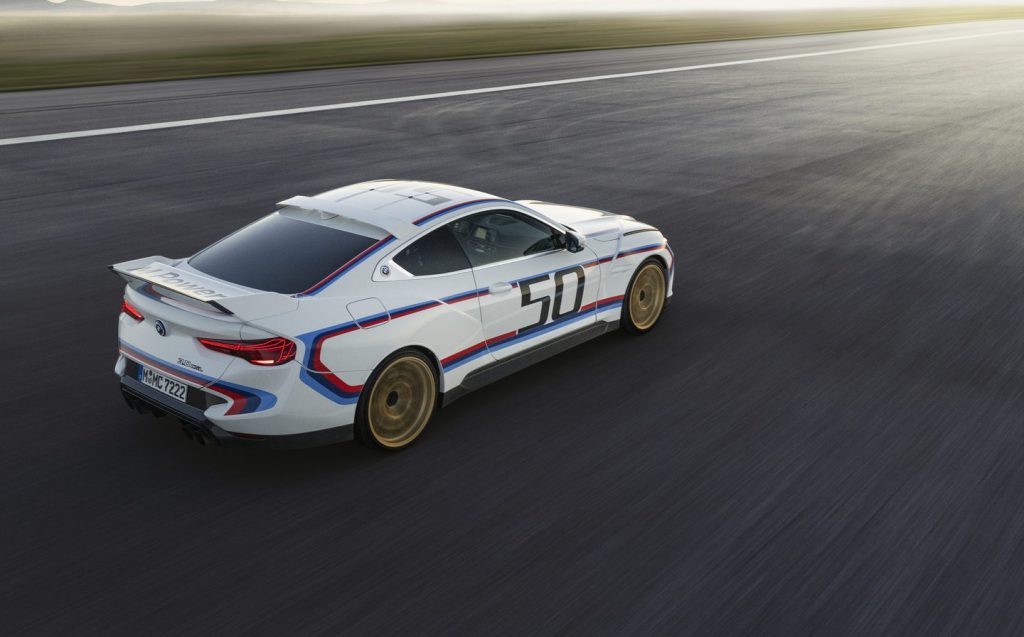
Whereas the classic CSL used aluminium panels to get its kerb weight down to around 1,200kg, the new one employs swathes of carbon-fibre, though it’s somewhat heftier at approximately 1,600kg.
The roof, bonnet, boot lid, front and rear aprons, side sills, pronounced rear diffuser and large rear wing, are all made from carbon-fibre, though the weave is only visible on the rear wing and in lettering on the roof.
Inside, it’s a broadly similar story to the recently-unveiled M4 CSL with lashings of Alcantara, plenty of carbon-fibre used for the trim, lightweight carbon bucket seats (saving around 24kg versus regular seats) and the rear seats having been deleted in favour of a parcel shelf for storing track day helmets and the like, which also saves around 21kg in weight.
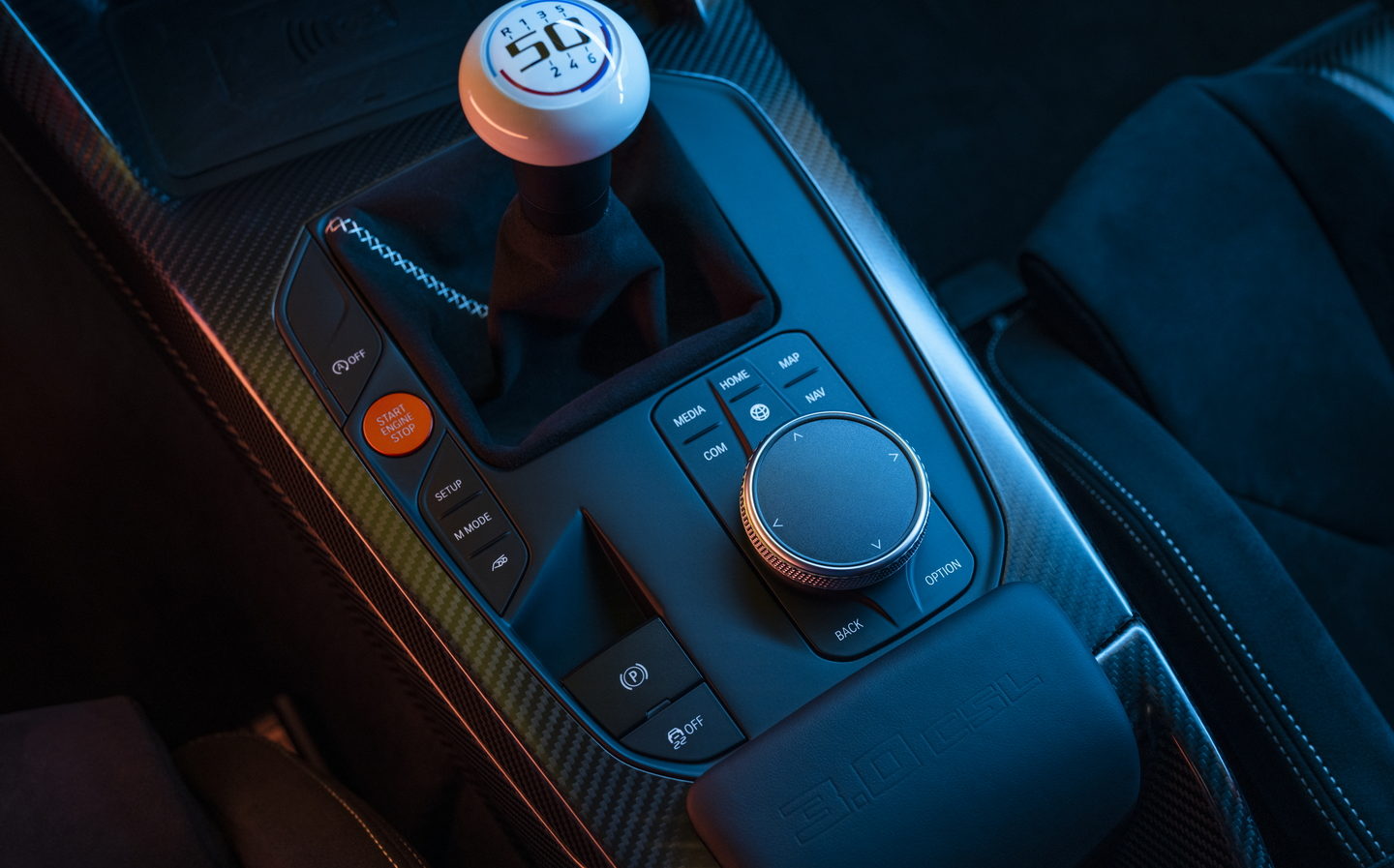
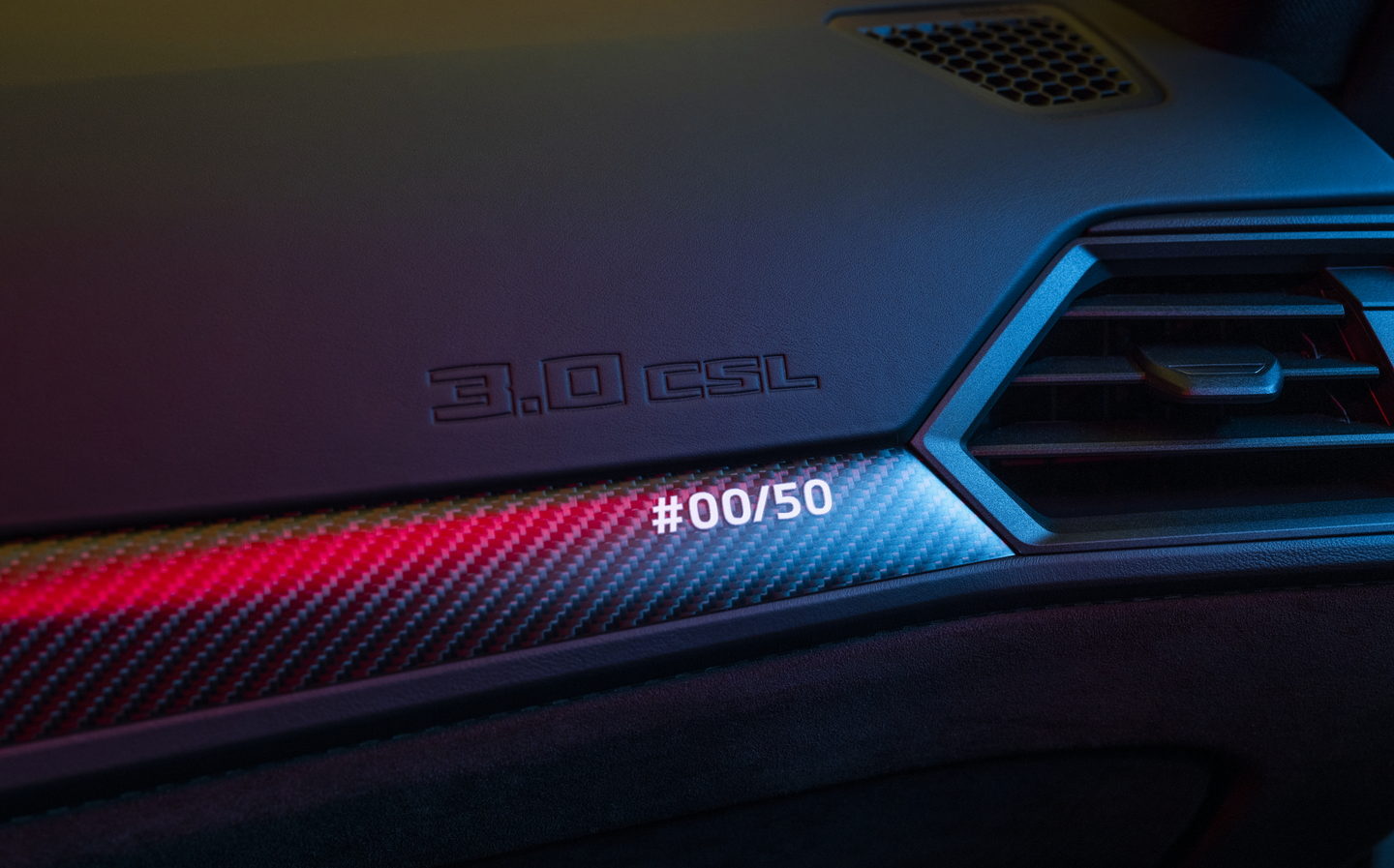
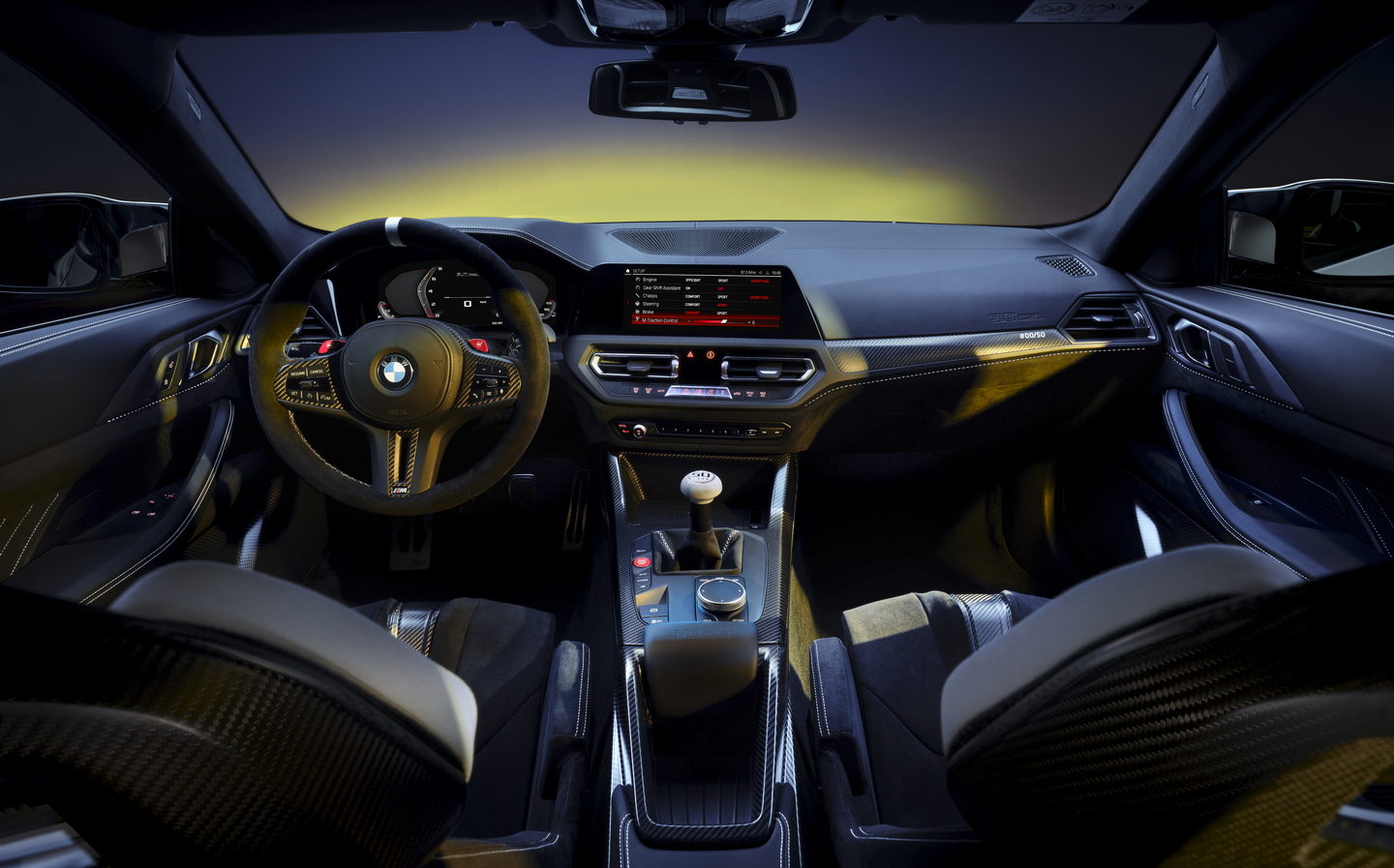
That interior features the same 10.25in central touchscreen as the M4 CSL through which various driving and dynamic features can be adjusted by delving through the menus.
The Active M differential, for instance, allows torque to the rear wheels to be doled out based on the conditions and driver’s preferences. The suspension and its electronically-controlled dampers are also adjustable, with even the feel of the carbon-ceramic brakes (six-piston callipers up front) adjustable through two different feel curves.
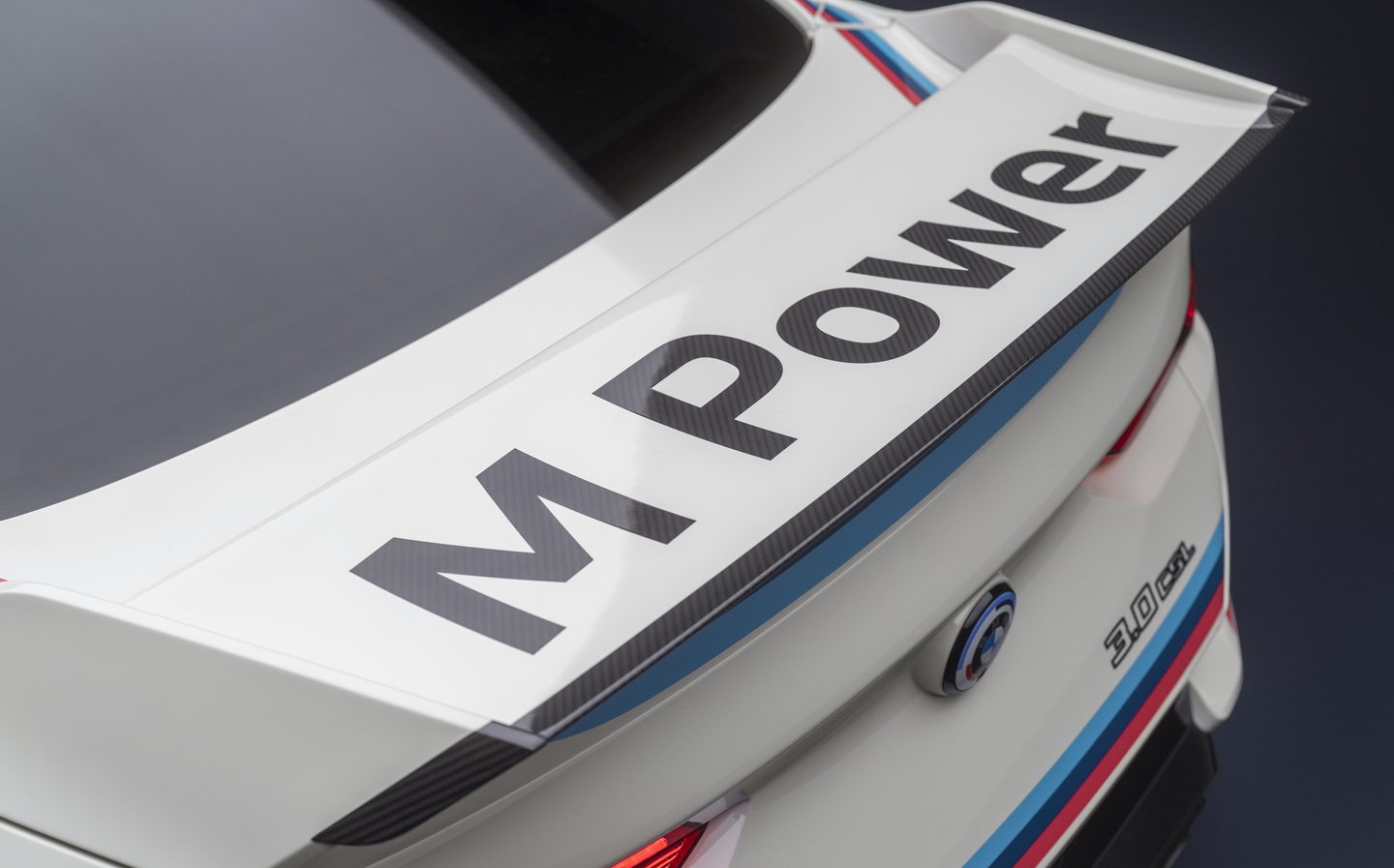
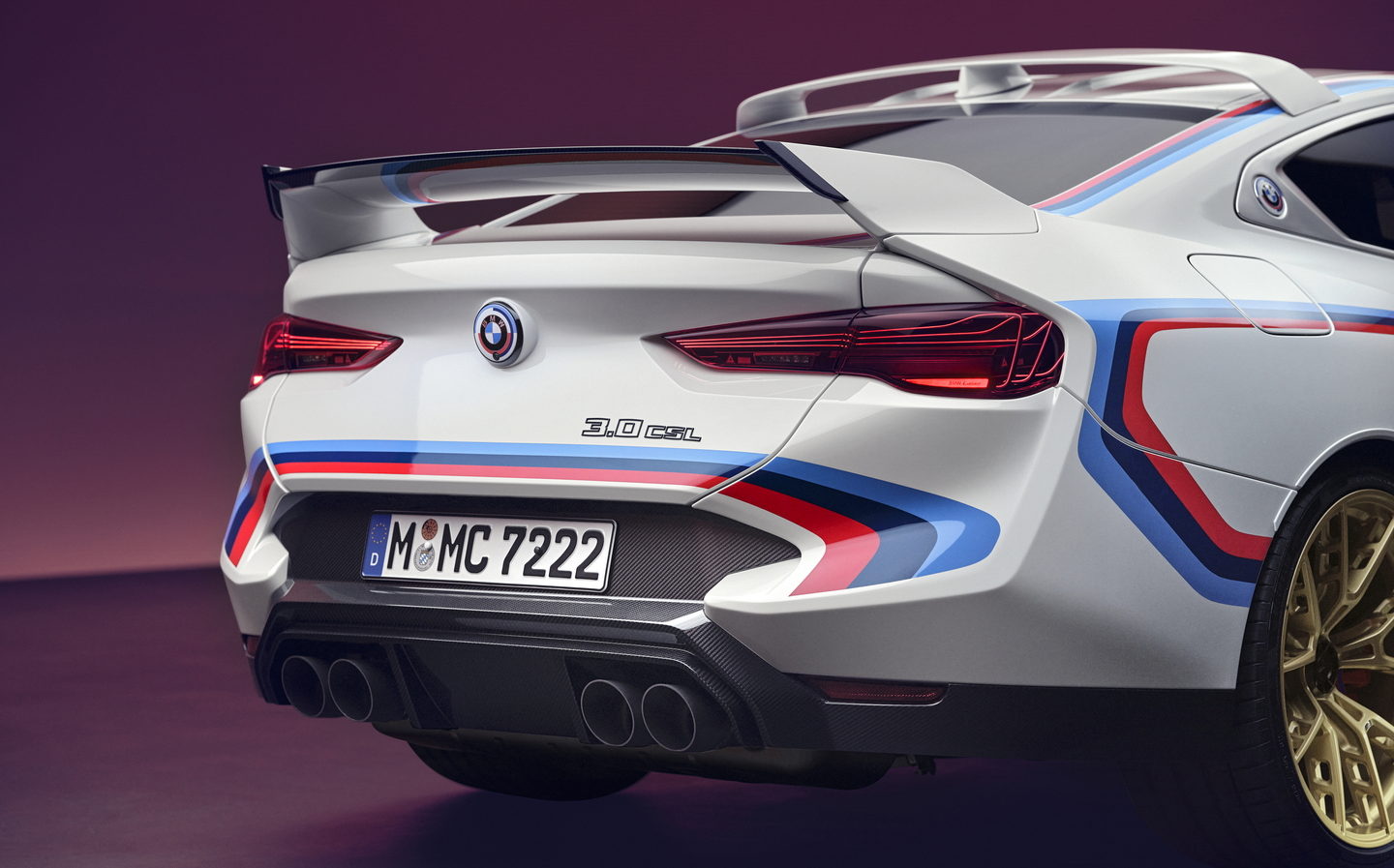
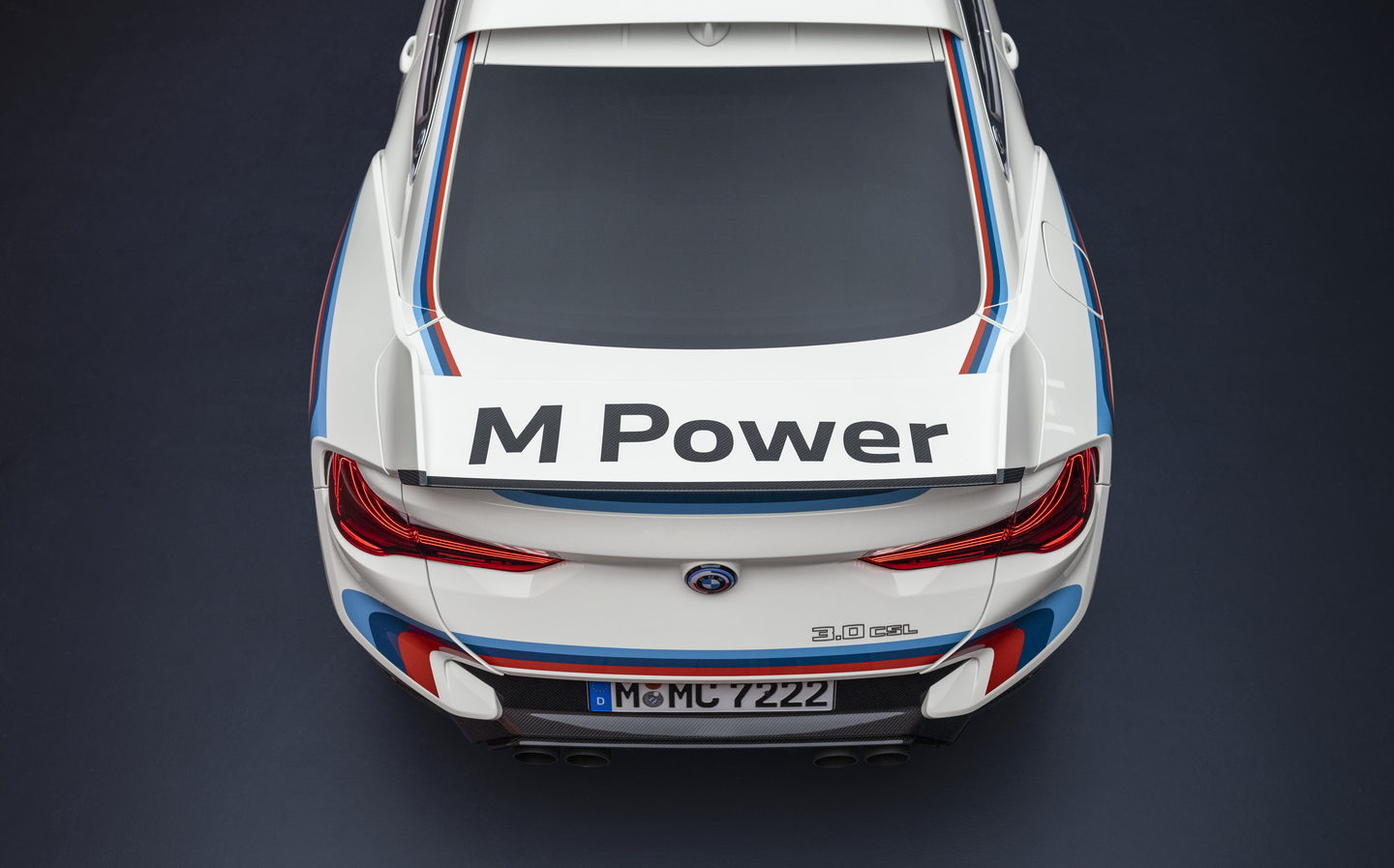
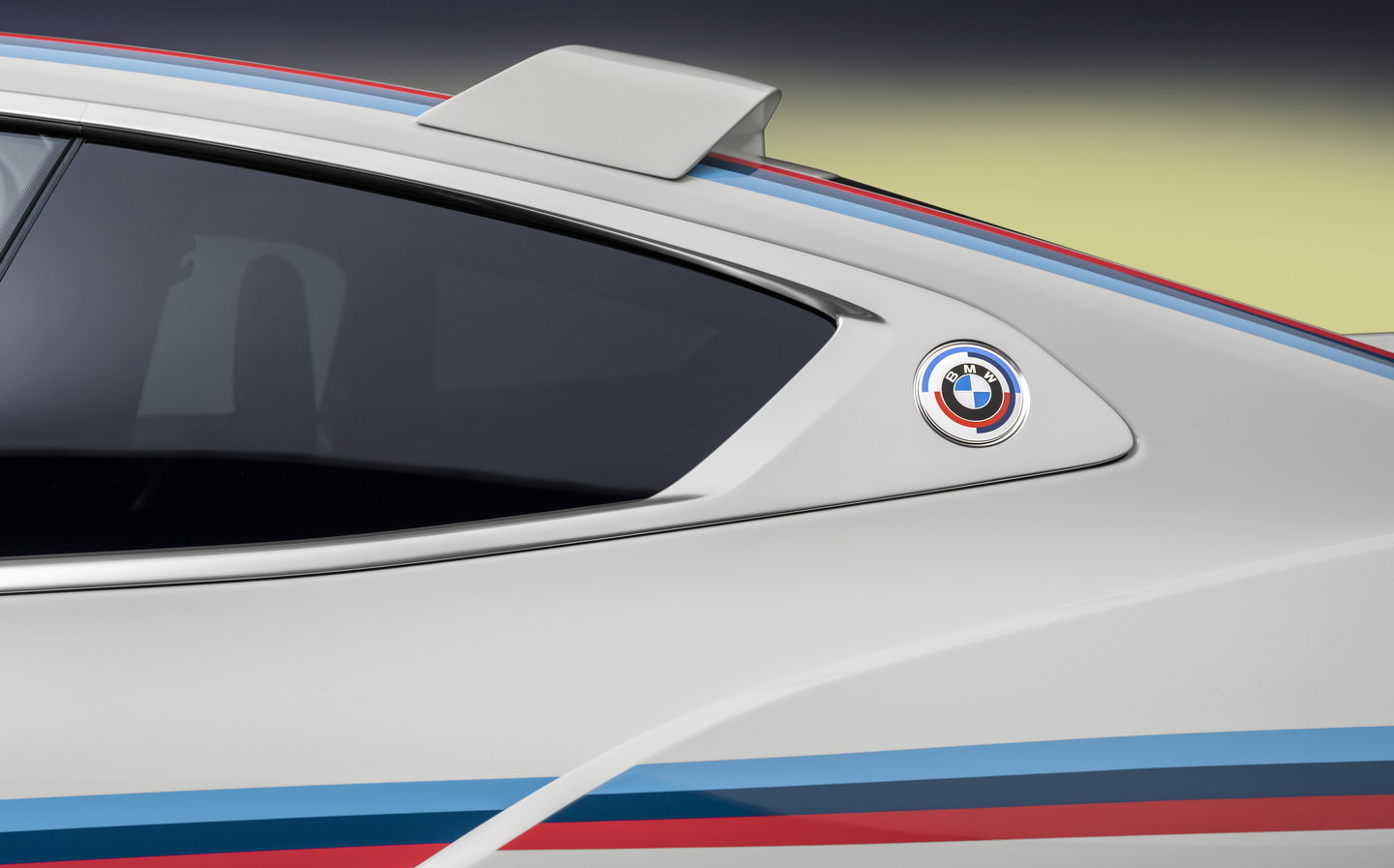
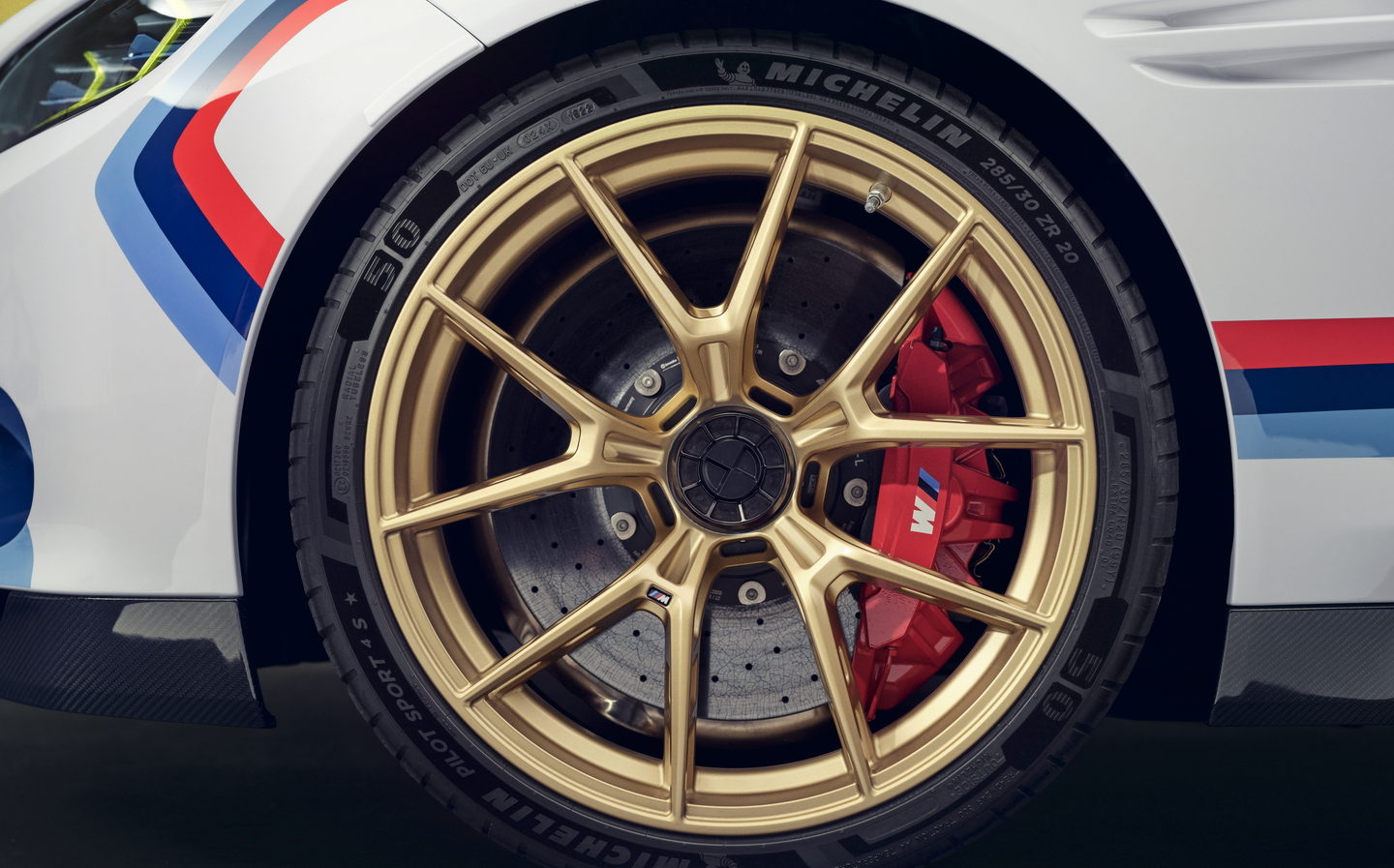
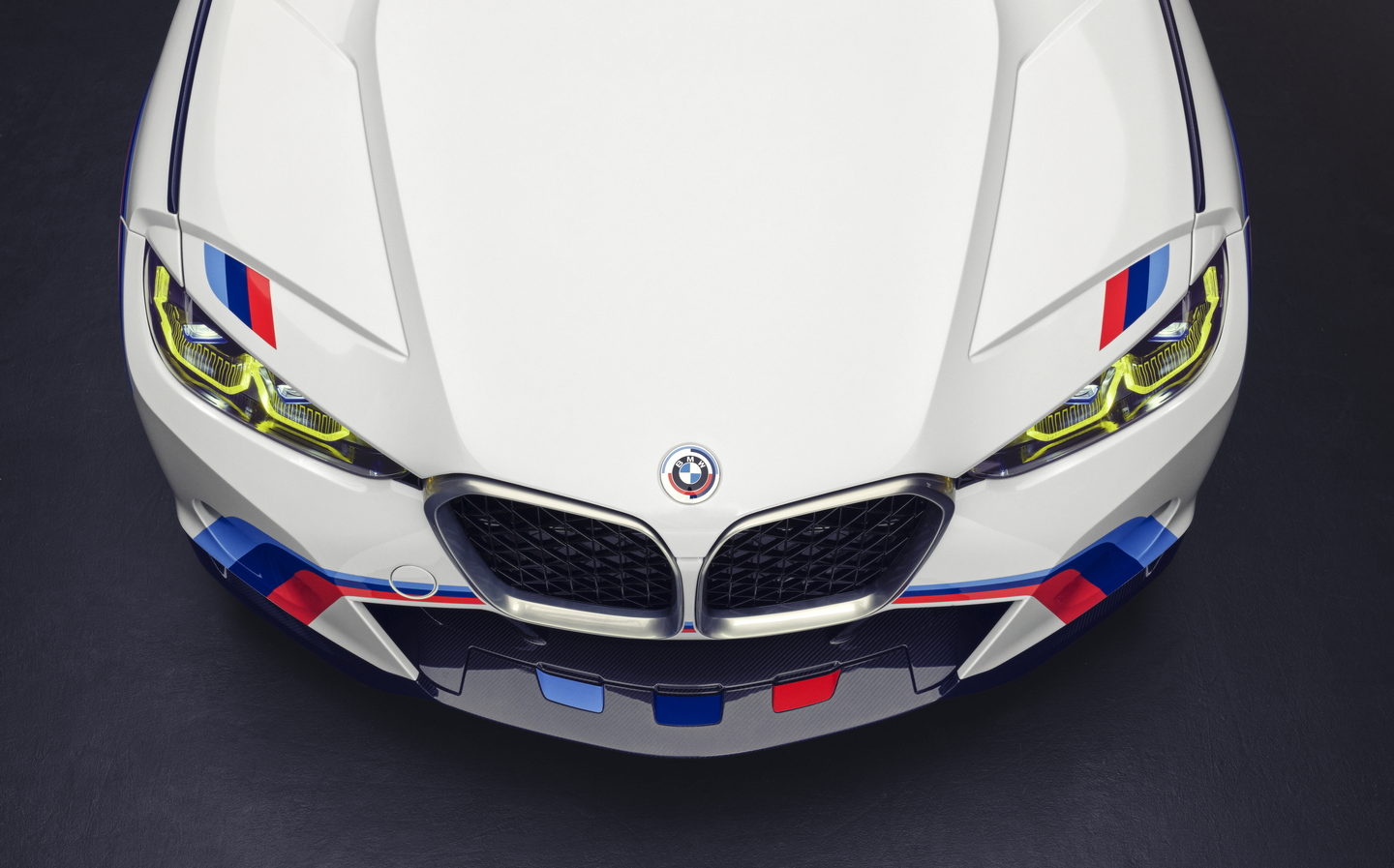
Unsurprisingly, it’s actually not dissimilar to the M4 CSL under the bonnet, either, with that engine featuring beefed-up cooling and oil-supply systems to better handle the demands of track use and forged, lightweight crankshaft too.
BMW only plans to built 50 individually-numbered examples of the 3.0 CSL, so it’s set to be a rare beast.
Each example, the firm says, takes around three months to build, mostly thanks to the quantity of specialised carbon-fibre required.
With that in mind then, perhaps that rumoured £600,000+ price-tag is a little more believable.
Related articles
- After reading about the new BMW 3.0 CSL, you might be interested to see our review of a prototype of the 2023 BMW XM
- Refreshed BMW X7 revealed with updated styling, revamped interior and mild-hybrid assistance
- Or, check out the best luxury cars to buy in 2022
Latest articles
- Omoda 5 prototype review: Bargain family SUV is solid first effort for new Chinese brand
- Dacia Duster 2024 review: Rugged, affordable SUV modernised with electrification and quite the glow up
- Audi A3 Sportback 2024 review: Softly, softly, catchy premium hatchback buyer
- New electric-only Mini Aceman fills gap between Mini Cooper hatch and Countryman SUV
- Tesla driver arrested on homicide charges after killing motorcyclist while using Autopilot
- Porsche Macan 2024 review: Sporty compact SUV goes electric, but is it still the class leader for handling?
- F1 2024 calendar and race reports: What time the next grand prix starts and what happened in the previous rounds
- Aston Martin DBX SUV gets the interior — and touchscreen — it always deserved
- Nissan unveils bold look for updated Qashqai, still made in UK


